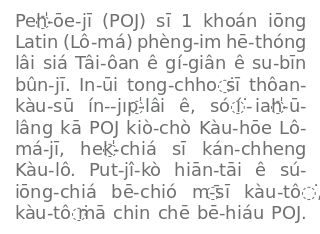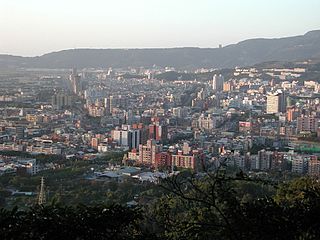
Shilin District is a district of Taipei and home to a large foreign population, mainly concentrated in the Tianmu area. It has long been a top choice for expatriates from Europe, the United States, and Japan to live, run businesses, and establish embassies and offices due mainly to the natural environment—sitting at the foot of Yangmingshan—and because the international schools are all located here. The central command of the Republic of China Navy is located in Shilin.

Wanhua District, known in Taiwanese Hokkien as Báng-kah khu and historically as "Monga" or "Monka", is a district in Taipei, Taiwan. It is Taipei's oldest district. The district is home to historic buildings such as the Manka Longshan Temple, an iconic historic temple, and the Red House Theater, the first and largest teahouse and playhouse in Taiwan. Taipei's oldest, but decaying, garment district is also here.

Datong District or Tatung is a district of Taipei City, Taiwan. It is located between the Taipei Metro Red Line and eastern shore of the Tamsui River, and between Civic Boulevard and the Sun Yat-sen Freeway. The southern part of this area used to be the site of Twatutia, one of the first settlements in what is now Taipei and for a time the area's commercial center.

Neihu District is a district of Taipei City, Taiwan. Neihu means "inner lake." The older name originates from the Ketagalan word Tayour, meaning woman's head ornament.

Mengjia Longshan Temple is a Chinese folk religious temple in Wanhua District, Taipei, Taiwan. The temple was built in Taipei in 1738 by settlers from Fujian during Qing rule in honor of Guanyin. It served as a place of worship and a gathering place for the Chinese settlers. In addition to its Buddhist elements, it includes halls and altars to Chinese deities such as Mazu and Guan Yu.
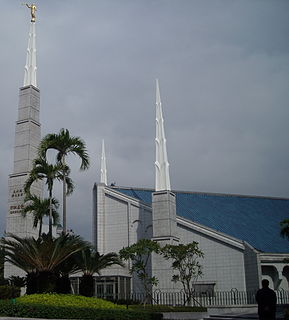
The Taipei Taiwan Temple is the 31st operating temple of The Church of Jesus Christ of Latter-day Saints, and is located in Taipei City, Taiwan.
KDJT-CD is a low-power Class A television station in Salinas-Monterey, California, broadcasting locally in digital on UHF channel 33 as an affiliate of UniMás. Founded November 30, 1989, the station is owned by Entravision Holdings LLC. It shares the facilities of co-owned full-service station, KSMS-TV, the Univision affiliate. Due to its Class A status, KDJT can be seen over on KSMS's second digital subchannel.
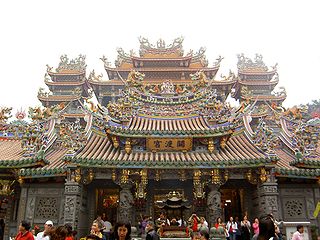
The Guandu Temple is a folk temple in the Beitou District of Taipei, Taiwan, worshipping the sea-goddess Mazu.
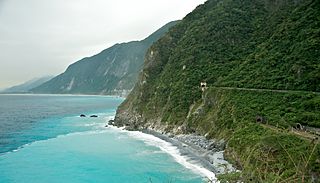
Qingshui Cliff is a 21 kilometer length of coastal cliffs averaging 800 meters above sea level in Xiulin Township, Hualien County, Taiwan. The tallest peak, Qingshui Mountain, rises 2408 meters directly from the Pacific Ocean. The cliff is located at the southern part of the Suhua Highway that connects the counties of Yilan and Hualien in eastern Taiwan. It is considered to be a very scenic area and is the highest coastal cliff in Taiwan.

The Raohe Street Night Market is one of the oldest night markets in Songshan District, Taipei, Taiwan.
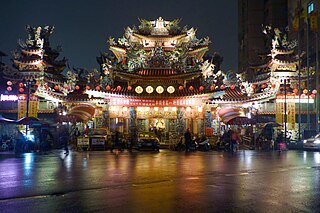
Ciyou Temple is a folk temple in Songshan District, Taipei, Taiwan. The temple is dedicated to the goddess Mazu.

Xingtian Temple is a popular temple in Zhongshan District, Taipei, Taiwan. This temple is devoted to Guan Yu, the patron god of businessmen, and is relatively recent in origin. This temple is situated on a street corner near the center of the city. Sculptures of dragons feature prominently in this temple's design. It covers over 7,000 square meters.

The Taipei Metro Xinzhuang station is a station on the Orange or Zhonghe–Xinlu Line located in Xinzhuang District, New Taipei, Taiwan. The station opened for service on 5 January 2012.

The Taipei Metro Xianse Temple station is a station on the Xinzhuang Line located in Sanchong District, New Taipei, Taiwan. The station opened for service on 5 January 2012.

Shandao Temple is a station on the Bannan line of Taipei Metro in Zhongzheng District, Taipei, Taiwan. It is named after the Shandao Temple
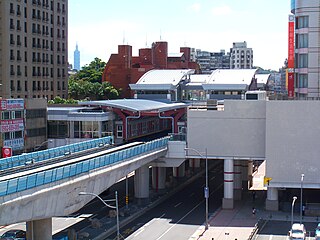
The Taipei Metro Neihu station is located in the Neihu District in Taipei, Taiwan. It is a station on Brown Line.
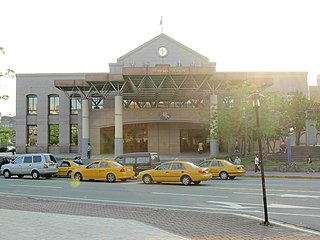
Wanhua is a Taiwan Railways Administration station located in Wanhua District, Taipei, Taiwan.

Dalongdong Baoan Temple also known as the Taipei Baoan Temple (臺北保安宮) is a Taiwanese folk religion temple built in the Datong District, Taipei, Taiwan. The present temple was originally built by clan members in Tong'an, Xiamen, Fujian, who immigrated to Taipei in the early 19th century and gave the temple the name Po-an in order to "protect those of Tong'an" (保佑同安). The Taipei Confucius Temple is located adjacent to the Baoan Temple.

Qingshui, also known as Chó͘-su-kong, born Chen Zhaoyin was a Chan Buddhist monk during the Northern Song from Anxi County, Quanzhou. He was said to have gained supernatural powers gained through his skill in speaking the dharma and meditation. Through this, he is said to have saved the town of Anxi during a period of drought, bringing rain as he went from place to place. In reverence, the villagers built shrines to him and hence became a deified person in Chinese folk religion.


